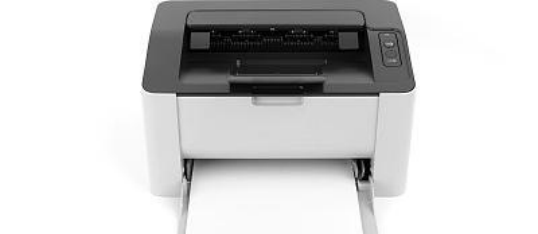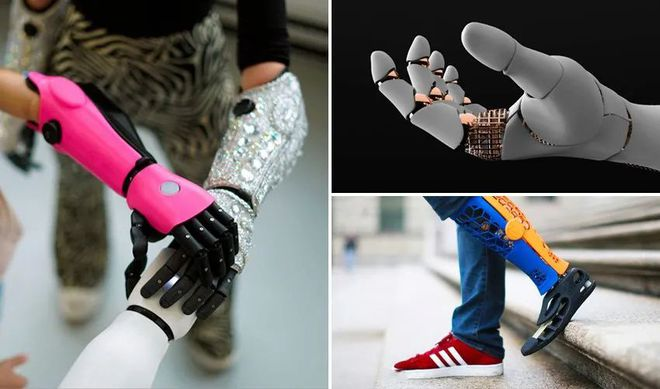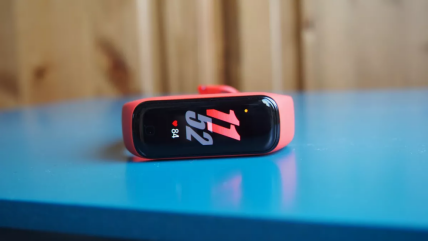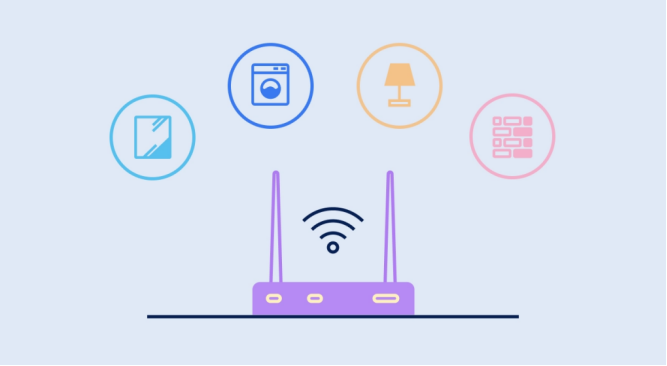A Beginner's Guide to 3D Printing
3D printing technology is becoming more and more popular each year. More and more businesses are using 3D printers to create prototypes, products, and even medical implants! If you're thinking of getting a 3D printer for your business, or if you're just curious about this amazing technology, then keep reading. In this blog post, we will provide a comprehensive guide to 3D printing for beginners. We'll discuss the basics of 3D printing, the different types of printers available, and the benefits of using them.

Basics of 3D Printing
In simple terms, three-dimensional printing is the process of making three-dimensional solid objects from a digital file. The creation of a three-dimensional printed object is achieved using additive processes. In an additive process, an object is created by successively adding material layer by layer until the entire object is created. Each of these layers can be seen as a thinly sliced horizontal cross-section of the eventual object.
There are different types of materials that can be used for printing, including metals, plastics, and even human cells! The most common type of material used is plastic, as it is relatively inexpensive and easy to work with.
Different Types of Printers
There are two main types of three-dimensional printers: Fused Deposition Modeling (FDM) and Stereolithography (SLA).
FDM Printers
FDM printers are the most common type of printer. They work by extruding molten plastic through a nozzle, which is then deposited onto a build platform. The plastic cools and hardens, and the process is repeated until the object is complete.
SLA Printers
SLA printers use an ultraviolet laser to cure layers of photosensitive resin. The object is built up one layer at a time, and the process is repeated until the object is complete.
Benefits of Using 3D Printing
Now that you know the basics of how three-dimensional printers work, let's talk about some of the benefits of using this technology.
Create Prototypes
Three-dimensional printing can be used to create a wide variety of prototypes. If you're a business owner, you can use a three-dimensional printer to quickly and easily create prototypes of your products. This can be extremely helpful when you're trying to decide on the final design of your product. You can create multiple prototypes and test them out before you make a final decision.
Create Medical Implants
Medical implants are one of the most popular applications for 3D Printing. In fact, many life-saving medical devices would not be possible without the ability to print them in three dimensions.
While most people think of printing objects like prosthetic limbs or artificial organs when they hear about medical implants, there are actually a wide variety of implants that can be created using 3D Printing.

Ease of Access
three-dimensional printing is relatively easy to get started. All you need is a printer and a digital file. You can create your own files using CAD software or find them online. Once you have a file, you can print it as many times as you want.
Environmentally Friendly
When you use traditional manufacturing methods, a lot of material is wasted. With three-dimensional printing, you only use the material that you need to create the product. This can help reduce your carbon footprint and save resources.
Cost Effective
Three-dimensional printing can be cost-effective. When you use traditional manufacturing methods, you have to pay for the mold and the machinery. With three-dimensional printing, you only have to pay for the material. This can save you a lot of money in the long run.
Conclusion
This guide has provided you with an overview of how three-dimensional printing works and some of the benefits of using this technology. We hope that this guide has been helpful and that you will consider using three-dimensional printing for your next project.






